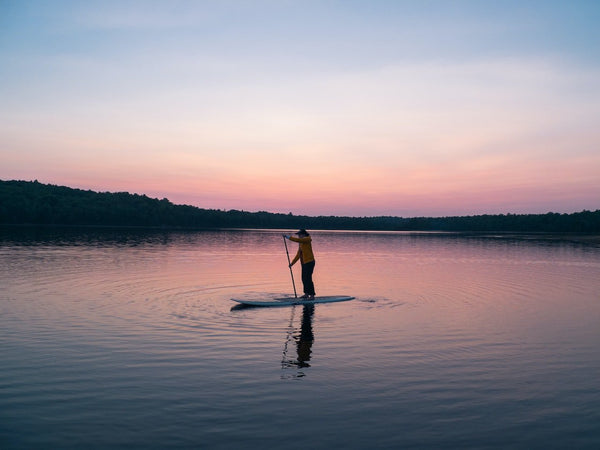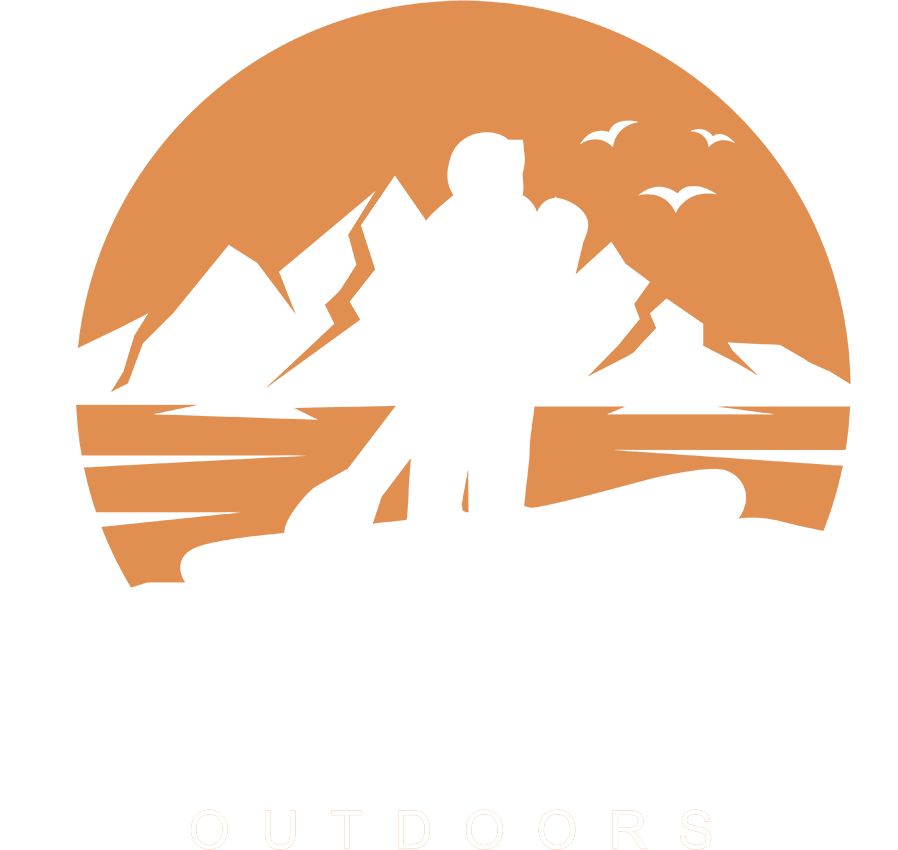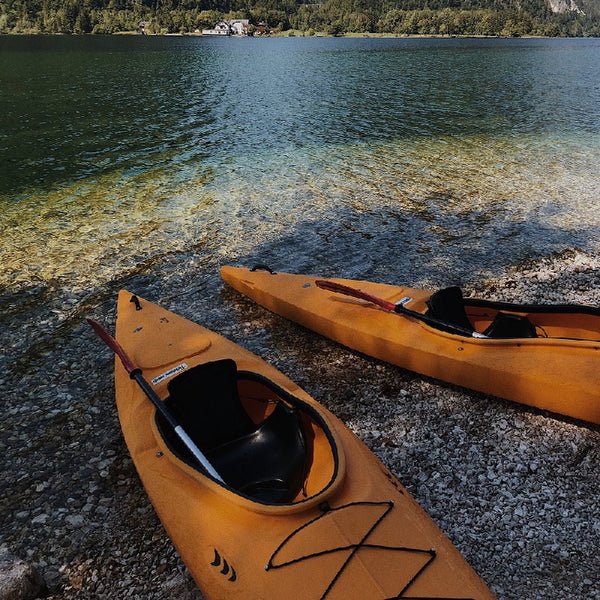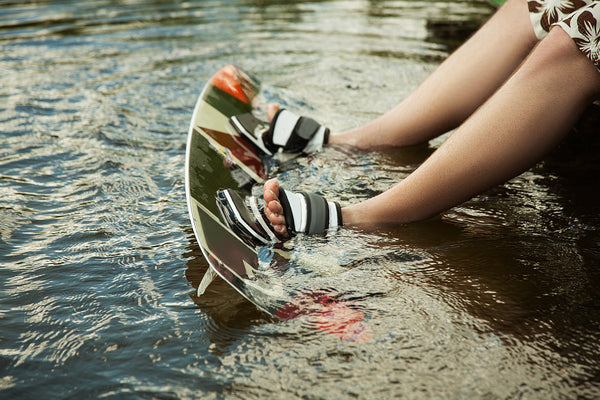
Paddling with Wildlife: A Guide to Ethical and Safe Animal Encounters on the Water
Paddling with Wildlife: A Guide to Ethical and Safe Animal Encounters on the Water
Kayaking and paddleboarding offer unique opportunities to observe wildlife up close in their natural habitats. As you glide through the water, you may encounter a variety of animals, from birds and fish to marine mammals and reptiles. However, it's essential to approach these encounters responsibly and respectfully, ensuring the safety and well-being of both you and the animals. In this blog post, we'll discuss some key tips for ethical and safe wildlife encounters while paddling on the water.
Maintain a Safe Distance
The most important rule for observing wildlife is to maintain a safe distance. Approaching too closely can stress animals, disrupt their natural behaviors, and even put them in danger. As a general guideline, keep at least 50 yards away from marine mammals such as seals and dolphins, and 100 yards away from larger animals like whales. For birds and other wildlife, use your judgment and err on the side of caution, ensuring you don't disturb their natural activities.
Observe, Don't Interact
Resist the temptation to interact with or feed the wildlife you encounter. Feeding wild animals can make them dependent on human-provided food and alter their natural behaviors, ultimately harming their chances of survival. Instead, simply observe and appreciate their beauty from a distance, allowing them to go about their lives undisturbed.
Move Slowly and Quietly
When approaching wildlife, move slowly and quietly to minimize your impact on their environment. Avoid making sudden movements or loud noises that could startle or stress the animals. Remember, you are a visitor in their home, and it's crucial to show respect and minimize your impact.
Be Aware of Breeding and Nesting Seasons
During breeding and nesting seasons, many animals are particularly sensitive to disturbances. Be extra cautious during these periods, and give wildlife the space they need to raise their young. Research the breeding and nesting seasons of the animals you're likely to encounter in your paddling area, and adjust your behavior accordingly.
Follow Local Guidelines and Regulations
Be sure to familiarize yourself with local guidelines and regulations regarding wildlife encounters. These rules are designed to protect both humans and animals and ensure that everyone can enjoy the natural beauty of the area. Adhering to these guidelines demonstrates your commitment to responsible paddling and sets a positive example for others.
Educate Yourself and Others
Take the time to learn about the wildlife in your paddling area, including their habits, needs, and threats they may face. By understanding the animals and their environment, you'll be better equipped to make responsible choices while on the water. Share your knowledge with fellow paddlers and encourage others to adopt ethical wildlife viewing practices.
Report Injured or Distressed Animals
If you come across an injured or distressed animal, don't attempt to intervene yourself. Instead, contact local wildlife authorities or a rescue organization to report the situation. They have the knowledge and resources necessary to assist the animal in the most appropriate way.
Paddling with wildlife is a privilege and a unique opportunity to connect with nature. By following these guidelines for ethical and safe animal encounters, you can ensure that your kayaking or paddleboarding adventures have a minimal impact on the environment and allow future generations to enjoy these incredible experiences. Always remember that we share the water with a diverse array of creatures, and it's our responsibility to respect and protect them as we explore their world.


